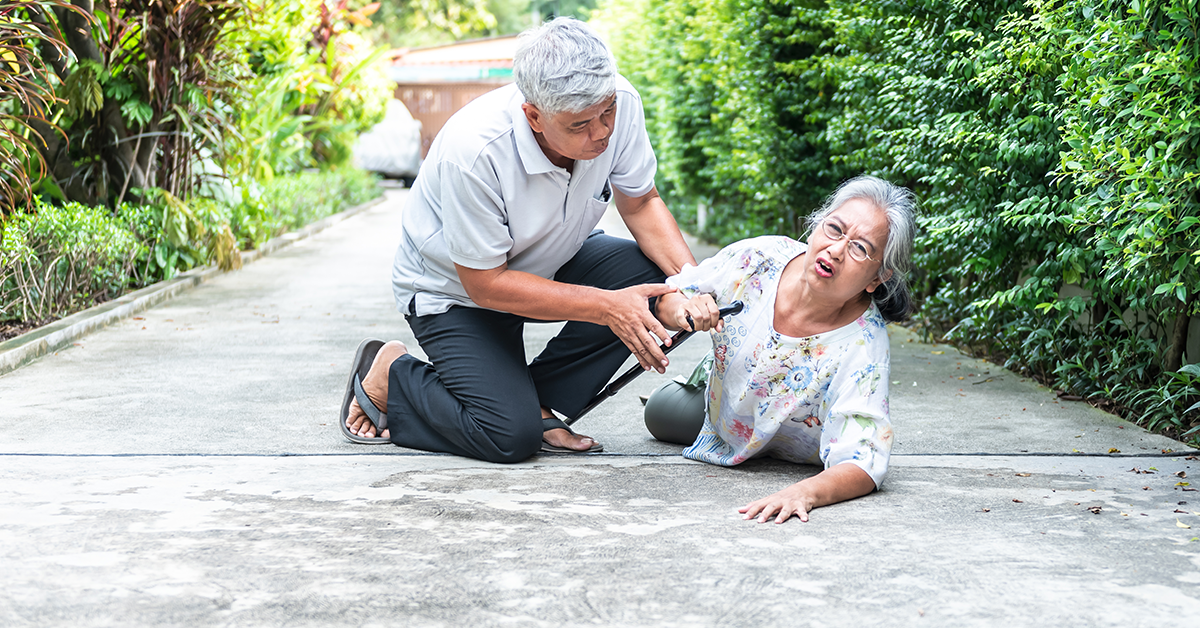There is no two ways about it; a fracture can really impact upon your quality of life. Broken bones aren’t just painful – a fracture can seriously reduce your mobility and make you less independent. Broken bones can take from weeks to months to heal, and will affect your everyday activities like going to work, grocery shopping or spending time with friends. On average, 30% of women fail to regain their previous mobility within 12 months of a fracture.1
How soon you can return to work and your normal routine will depend on the type and severity of fracture you had, how long it takes for your bone to heal and how physical your job is. If you have a desk job, you may be able to go back to work straight away. But if you have fractured a leg and your job requires you to walk or stand a lot, you will need to wait until your fracture has healed and your leg is stronger.
You may have to make some adjustments to minimise your risk of future falls and fractures and ensure that you return to work safely:
Talk to your doctor & your employer
You may be able to go back to work right away, or you may need to take some time off to recover. It depends on the type of work you do, how long it takes for your fracture to heal, and how you feel. Your doctor will help you to decide how much time you will need.
Agree on a phased return to work if needed
To help you adjust back into the workplace, you may decide with your employer to come back with fewer hours or a lighter workload than before and then building up over time. If you need it, a phased return to work can help you to settle back into your work routine and also ensure that you can attend medical appointments while also managing your workload.
Fall-proof your workplace
Work with your employer to reduce trip hazards around your workplace, just like you have done at home. Things to look out for include trip hazards, such as electrical cords and general clutter. Ensure that your workplace has clear walking paths and ask for help to ensure your workplace is a safe one for you to return to.
Avoid higher risk activities
You may need to take precautions if your job involves higher risk activities such as lifting heavy objects or repetitive bending, twisting and turning. Work to reduce the chance of unsafe lifting and ensure you have enough rest between activities that strain your body and bones.
Be sure to go to all your medical and physiotherapy appointments and call your health professional if you see any changes in your health or if you are not getting better as expected.



References – Returning to work after a fragility fracture
1 Pasco JA, et al. Osteoporos Int 2005;16:2046–52.